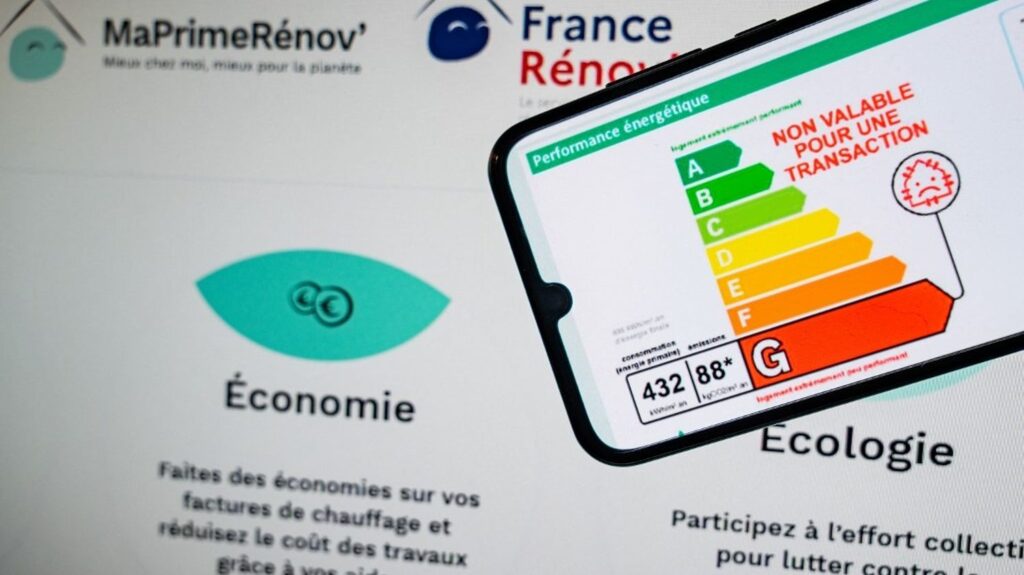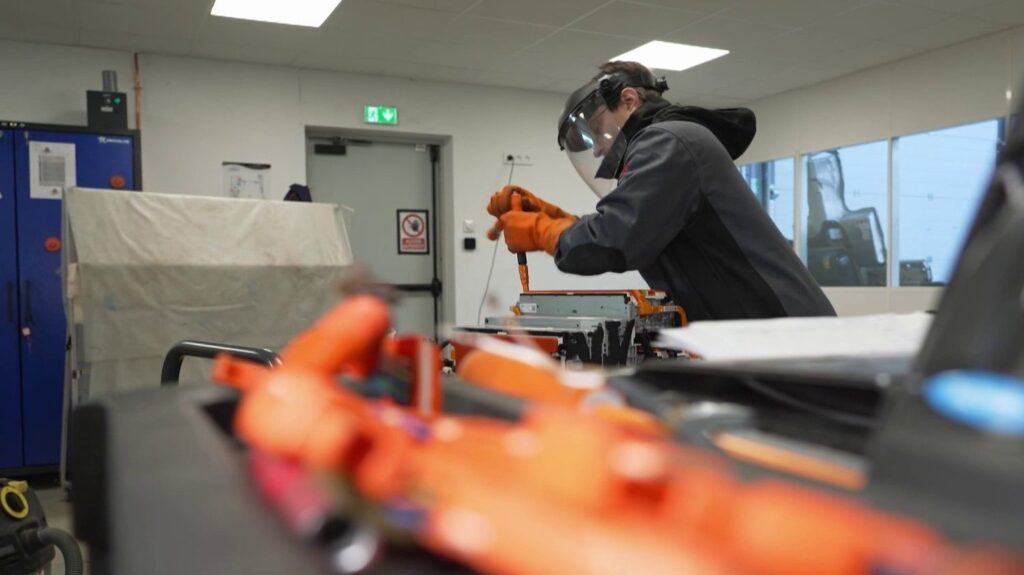The energy performance diagnosis (DPE) gives a grade from A, for the most efficient housing, to G, for the most energy-intensive.
/2023/07/06/64a68815cd1a7_placeholder-36b69ec8.png)
Published
Updated
Reading time: 2min
/2025/11/13/080-hl-jmbarrere-2901651-69160fc6052e2716000373.jpg)
The number of homes considered to be energy sieves has decreased. According to government statistics published Thursday, November 13, it stood at 5.4 million on January 1, or 400,000 less than a year earlier, mainly due to a reform of the energy performance diagnosis (DPE). These very energy-intensive housing units, classified F or G in the DPE, represent 14.4% of the total French housing stock. The DPE gives a grade from A, for the most efficient housing, to G, for the most energy-intensive.
Among primary residences, 12.7% are energy drains, or 3.9 million homes. The majority (2.5 million) are homes inhabited by their owners, while within the private rental stock, 13.8% of homes are energy drains, or 1.1 million homes.
Within the private rental stock, there remained, as of January 1, 2025, 453,000 housing units classified G, whereas from this same date, the law requires that all rented housing be classified F at least, otherwise the owner will be required to carry out work.
The statistical data and studies service (SDES) of the Ministry of Ecological Transition estimates that the change in DPE calculation thresholds for small areas, announced in February 2024, had the effect of removing 160,000 apartments from the energy sieve category, which corresponds to “38% of the estimated drop in energy strainers” during the year among the main residences. As for the new modification of the DPE, which this time concerns the electricity conversion coefficient (which is used to calculate the energy actually consumed), it should emerge from the status of an energy sieve “around 700,000 primary residences”.
“The energy strainers in the private rental stock belong to rather elderly owners with modest incomes,” the study further notes: 17.7% of housing in the private rental stock held by owners over 80 years old are sieves.
Beyond the modification of the DPE, “the interpretation of the downward trend in the number of energy strainers remains delicate”, according to the SDES, because ite “may reflect a real improvement in the energy performance of the park (…), but also possible behavioral effects of both diagnosticians and owners”.


